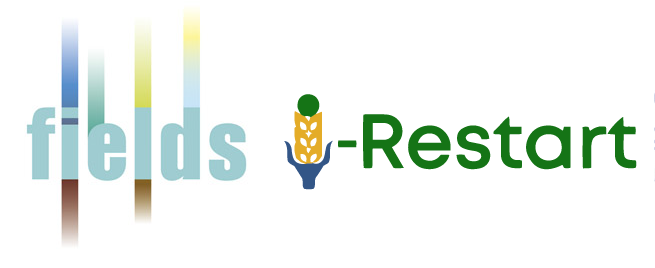Submitted by Sam Emerson on
Organisation:
Framework:
Country:
Keywords:
agriculture, farming, training, skills, cooperatives, employment, social, environmental, economic sustainability
Date:
30/06/2022
Summary:
The EU’s rural areas are a core part of the European way of life. They are home to 137 million people representing almost 30% of its population and over 80% of its territory, considering all communes and municipalities of Europe with low population size or density 1 . They are widely recognised and valued for food production, management of natural resources, protection of natural landscapes, as well as recreation and tourism. Many of our traditions, festivals and culture are rooted in Europe’s rural areas. As emphasised by the European Commission’s President, Ursula von der Leyen, ‘Europe would not be whole without its countryside’ 2 .
Yet social and economic changes of the last decades, including globalisation and urbanisation, are changing the role and nature of rural areas, which are also affected by population decline and ageing 3 . Many Europeans are worried about the erosion of rural infrastructure and service provision, including access to healthcare, social services and education as well as to postal and banking services. Others express concerns about shrinking employment opportunities and possible drop in income in rural areas or limited transport and digital connectivity.
There is a growing understanding, that the role and importance of rural areas is under-appreciated and insufficiently rewarded. Almost 40% of those who replied to the public consultation organised in preparation of this Communication said they felt left behind by society and policy-makers. This perception and the factors driving it need to be addressed. 4
This Communication on a long-term Vision for the EU’s rural areas aims to address these challenges and concerns, by building on the emerging opportunities of the EU’s green and digital transitions and on the lessons learnt from the COVID 19 pandemic, and by identifying means to improve rural quality of life, achieve balanced territorial development and stimulate economic growth in rural areas along with the help of the newly launched Atlas of Demography. It builds on analysis, foresight activities, extensive consultations and contributions from communities. It sets out the vision as well as the policy tools, to achieve it, including best practices that can be replicated. The Communication promotes and helps to achieve the 2030 Agenda and its Sustainable Development Goals.
Application:
Entry force:
30/06/2022
Language:
Link:
Doc_Type:
European Commission communication
I-RESTART:
no
